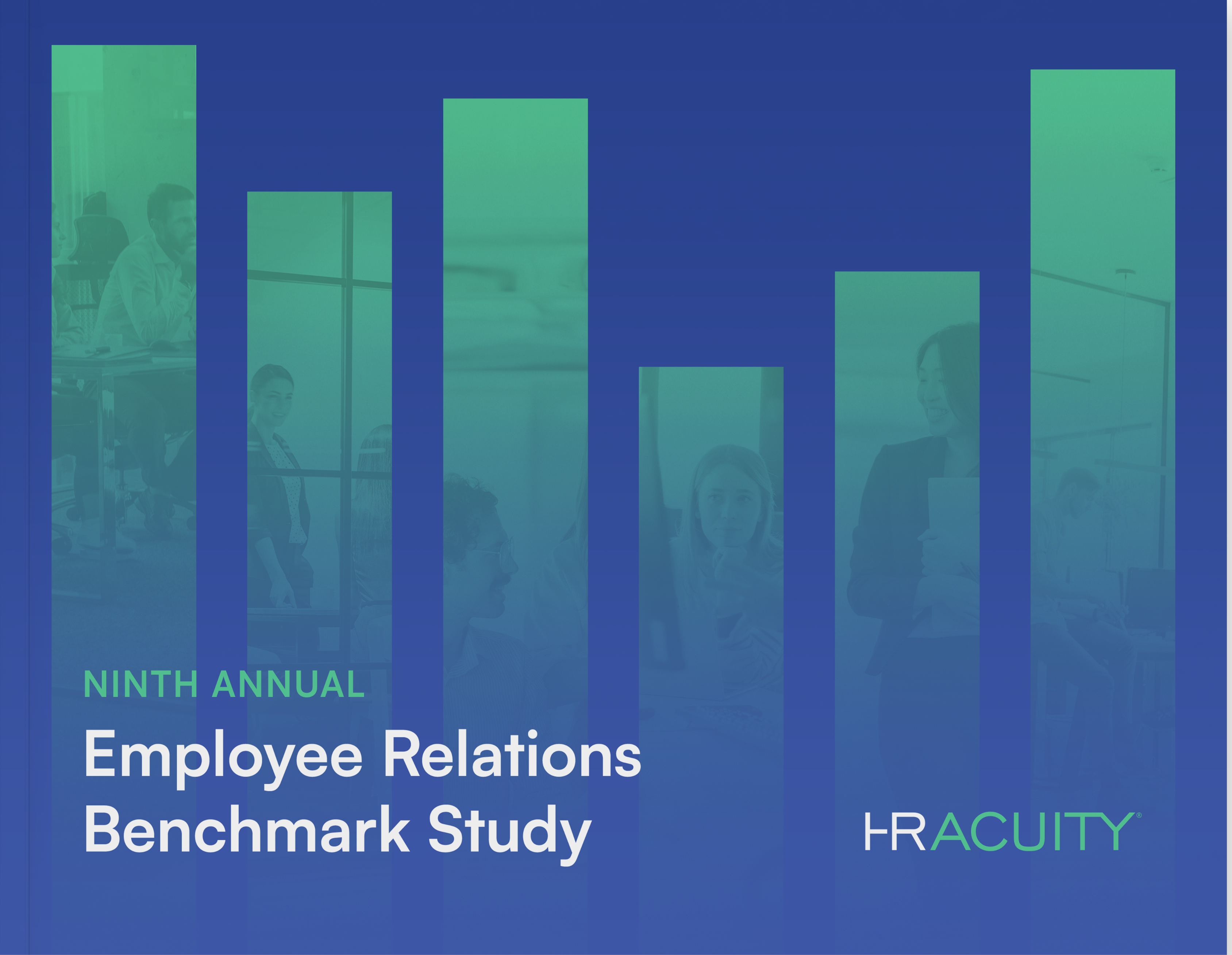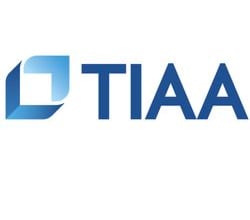As businesses become more complex, many are shifting responsibilities in an effort to find the right balance between personalized service and cost savings. HR and employee relations professionals are no strangers to this, as employers have had several models for managing this part of the business:

- Centralized: A Centralized team of Employee Relations Professionals or Center of Expertise (“COE”) responsible for managing employee relations issues and conducting investigations across the organization (Note this group does not have to be geographically centralized).
- Mixed: A Centralized team for managing some or most of the employee relations cases and investigations, but field resources (HR Generalists, Business Partners and/or managers) still manage some employee relations issues.
- Decentralized: Employee relations issues are managed within the specific lines of business by HR Generalists, Business Partners or Employee Relations Professionals. Employee Relations matters are not Centralized.
The area we’re focusing on today is the mixed, or hybrid, model. According to the HR Acuity Employee Relations Benchmark Study, just over one-fourth of businesses are using this type of approach to manage their employee relations needs. One of the biggest challenges for firms using or considering using this hybrid approach is how to balance needs between the human resources and employee relations teams. Where do responsibilities fall? Who handles specific activities? Where is the “hand off” point for issues that may start in one area and cross over into another?
What Job Roles and Tasks Belong to HR vs. Employee Relations?
As shown in the Benchmark Study, one of the biggest barriers to success with a hybrid model is role confusion. Therefore, the first step in developing a successful hybrid strategy for employee relations is to be very clear when defining roles and tasks.
HR business partners have a broader range of activities they work on, from recruiting and retention to benefits and compensation. However, there are times that a standard request for assistance might trigger the need to investigate, which is where employee relations specialists enter the picture. For instance:
- Maybe an employee requests time off beyond their leave allocation, but upon conversing with the employee, you realize that they are feeling stressed out because of hostile comments from their coworkers.
- Or maybe an exit interview with a female employee uncovers the harassment she’s been dealing with from her manager over time.
- What about an innocuous employee question to HR that uncovers the employee’s proclivity for stealing materials from work sites?
Each of these instances would require an investigation. It’s important to note where the triggers are that pull an employee relations professional into the conversation, because as specialists these individuals have the tools, talent and technology to not only ensure compliance, but to protect the culture and workforce from harm.
Employee Relations Responsibilities
Employee relations professionals typically handle a wide range of tasks specific to managing the relationship between the company and staff. For example, they may be responsible for official recognition programs. They also may be in charge of addressing any complaints employees may have or developing ways for staff members to provide feedback to management. The employee relations department also may conduct exit interviews when employees leave the company and/or collect relevant data about the workforce.
Human Resources Responsibilities
Although many of the tasks common to employee relations professionals are shared by human resources professionals, these individuals also have their own distinct responsibilities that make their roles unique. For instance, HR pros also recruit new employees, manage payrolls and ensure company policies are being enforced. One way to look at the difference between HR and ER is that employee relations can be seen as a subset of a human resource department’s duties. Some organizations have their own ER staff, while others fold these tasks into their HR departments.
Learn from the best in ER & HR.
See all of our upcoming expert employee relations webinars.
What Are the Best Practices for Managing a Hybrid HR and Employee Relations Approach?
The second overarching challenge of successfully implementing a hybrid approach is a lack of resource coordination. That is solved by weaving three foundational principles into the approach. Each quote below was uncovered in our research and helps to frame the discussion for the respective points.
HRBPs [are] not always willing to let work go.
Solution: focus on communication and collaboration
By focusing on fostering strong communication and collaboration among HR staff and employee relations team members, it becomes easier to ensure that case hand offs are done in a way that leaves both parties feeling like they are getting the best the other has to offer. This could be creating a specific protocol for how to communicate the transition by listing key participants, giving an overview of the problem and highlighting any potential hot spots. This ensures the HR team gets their say in the matter and that the employee relations specialist gets a case that is actionable from the beginning.
Managers are confused on who to call for what.
Solution: transparency for internal customers
In a hybrid model, it can be confusing for internal customers to know which group, HR or ER, is the right one to contact. In the transition mentioned above, it would be worthwhile to copy managers on that transition from HR to employee relations so that managers understand who the correct point of contact is going forward.
Additionally, make it easy for managers to understand what types of responsibility each group covers. For those more “common” issues like compensation or recruiting, HR is clearly the correct choice. On the other hand, when issues cross over into discrimination, retaliation or other investigation-related issues, it’s time to bring in the employee relations team for support. A transparent operating approach can bring comfort to the business end users knowing that their problems won’t go unaddressed.
Case information collected and retained by different parties.
Solution: flexible approach, central management
Finally, the infrastructure and processes need to ensure that while business units might have a more flexible, individualized approach as needed, a central management system is necessary to create continuity across the business. Emails, shared folders and paper folders might work for a few issues, but they aren’t scalable. A strong employee relations technology platform will not only provide structure to ongoing investigations and compliance needs — it can also ensure that the handoff from HR to employee relations is done in such a way that no information falls through the cracks.
While there are pros and cons for each type of approach to employee relations management, the hybrid model offers value by giving HR and employee relations leaders the opportunity to play to their respective strengths. With strong communication, transparent practices and a central management system in place, any weaknesses within the hybrid model can be minimized, ensuring maximum protection for the workforce and the business.




